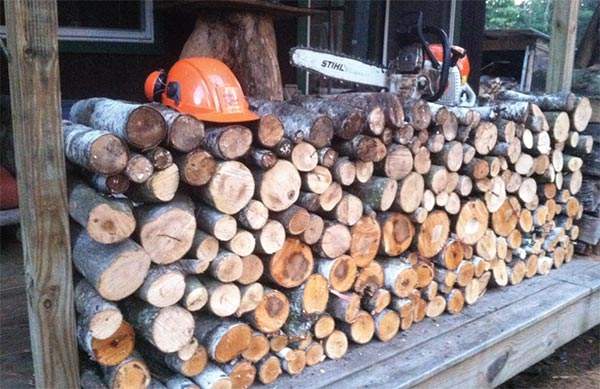I'm thinking there are some here who could make some good recommendations, if you could post the following:
Average yearly high
Average yearly low
Average yearly rainfall
Average yearly hours of sun (versus cloud cover)
We use something called "climate zones" for choosing trees in the US, and I'm sure you have a similar system, but I'd bet it doesn't correlate well to ours. I believe the four averages I listed above are the primary factors in determining your climate zone (a gardener like @begreen probably knows more about this), so I'm thinking that with these four numbers, one of us could find a US city that is similar in climate, and then have a better conversation on options for that city.
Average yearly high
Average yearly low
Average yearly rainfall
Average yearly hours of sun (versus cloud cover)
We use something called "climate zones" for choosing trees in the US, and I'm sure you have a similar system, but I'd bet it doesn't correlate well to ours. I believe the four averages I listed above are the primary factors in determining your climate zone (a gardener like @begreen probably knows more about this), so I'm thinking that with these four numbers, one of us could find a US city that is similar in climate, and then have a better conversation on options for that city.


